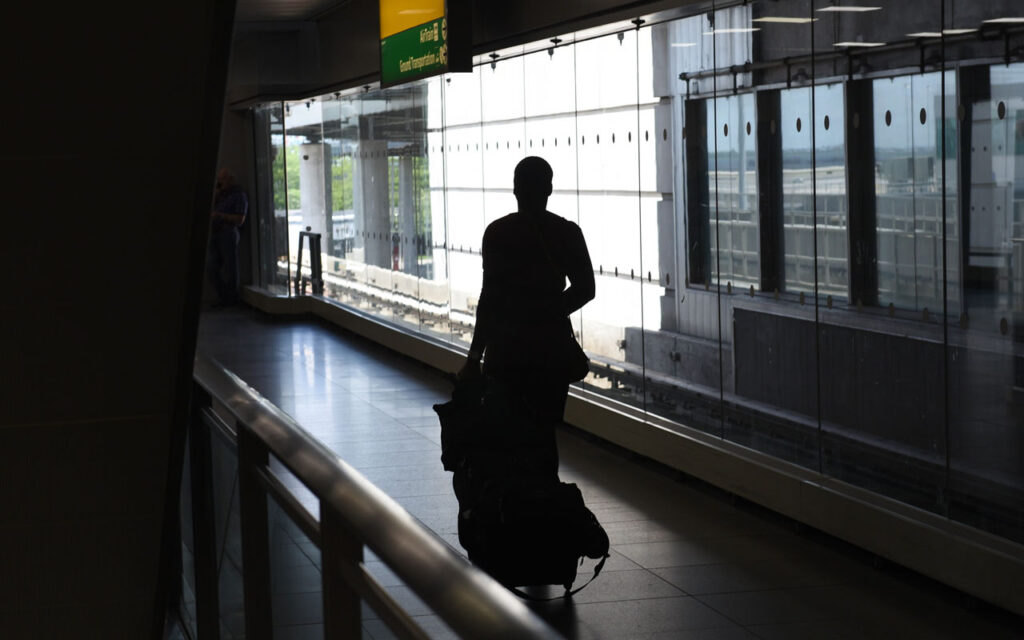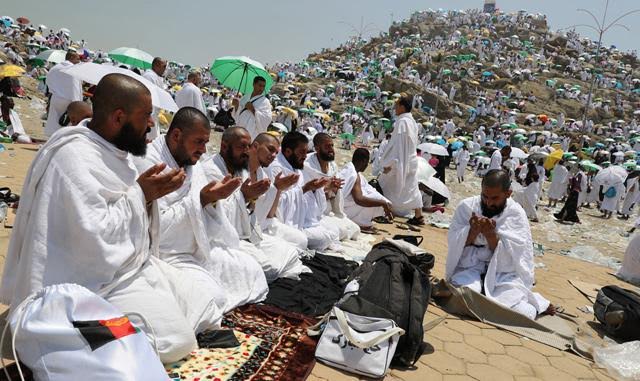
For obvious reasons, the city of Madinah draws natural attraction to admiration of pilgrims who would not resist the bracing serenity the environment emits. Indeed, it is the blessed city of Prophet of Islam Muhammad (peace be upon him).
Otherwise known as Al-Munawara, meaning “the luminous city”, Madinah is generally considered as the cradle of Islamic culture after the Prophet’s migration to the city and building of the holy mosque.
Although, next to Makkah in terms of holiness, for historical points of references and sacred sites in the city of Medina reflect the life and times of the Prophet of Islam, hence the yearning of pilgrims to relish the sacred sites is inexhaustible.
Originally built by Prophet Muhammad (peace be upon him), the Medina mosque has underwent several remodelings and architectural retool to suit modern edifice.
Available data sourced from Research Centre for Islamic History, Art, and Culture (www.ircica.org) indicated the Prophet Mosque was first remodeled by Sultan Abdülmecid (1839-1861), with exception of the Prophet’s Tomb, the three mihrabs, the minbar and the Suleymaniyya minaret.
After the foundation of the Kingdom of Saudi Arabia in 1932, the mosque subsequently underwent several major modifications. Essentially In 1951, King Ibn Saud (1932-1953) ordered demolitions around the mosque to make way for new wings to the east and west of the prayer hall, which consisted of concrete columns with pointed arches.
The Suleymaniyya and Majidiyya minarets were replaced by two minarets in Mamluk revival style. Two additional minarets were erected to the northeast and northwest of the mosque. A library was built along the western wall to house historic Qur’ans and other religious texts.
Expectedly, Nigerian pilgrims are not left behind the scene in the city of Madinah amidst multitude skin colors and multi-lingua noticed at various points of historical sites where they connect with nature and rejuvenating on the cause of the significant destination.
The spiritual exercise observed between the eighth and twelveth days of Dhul Hijah, the 12th month of Islamic calendar, will attract over 2 million pilgrims who would converge on mount Arafat to seek the divine mercies of Almighty.
About 65,000 Nigerians are expected to perform the 2024 hajj, of which over 43,000 already arrived the Kingdom of Saudi Arabia. Unlike the previous eight days stay of pilgrims in Madinah, about 30,000 Nigerians have completed four days sojourn and since returned to Makkah where they are expected to perform the main hajj rituals.
Meanwhile, those presently staying in Madinah are exploring the rare opportunity to fulfilling spiritual exercise at the Prophet Mosque. A Nigerian pilgrim from Kano state, Mohammad Rabiu told The Guardian how he had maximized his period to supplicate in the holy vicinity. According to him, he had never allowed any mundane activities cross his five daily prayers at Masjid Haram.
“You know it is huge opportunity to be here in the city of Madinah and the reward you get when you observe a daily prayer in the Prophet mosque is multiple fold compare to same prayers elsewhere. So you see the reason I will not joke with my prayers in Madinah,” Rabiu said.
Similarly, Abdulkarim Abdulkarim, was excited to share his refreshing feeling each time he observed his prayers in Haram. The Kaduna-based pilgrim hinted that it was a rare privilege for him to return to Madinah this year’s hajj after a long while.
“I feel the peace of heart and connect to the nature when ever I have the opportunity to visit Madinah during Hajj or Umurah. This season is another beautiful and memorable experience, to observe prayers, supplicate and visit the Rauda in the Mosque of the Prophet, it has always been my pleasure”. Abdulkarim narrated.
But, for Yakubu Adamu, a first time pilgrim from Sokoto, the amazing experience was constant access to Zamzam water at the holy mosque. Adamu disclosed his desire to drink from the amazing well dated ever since he read about the narration of Hajara, the mother of Prophet Ismail, an episode that originated Zamzam water.
Besides the accounts from the Prophet mosque, The Guardian catched a glimpse of Nigerian pilgrims exploring historical attraction amid the blazing temperature at places like mount Uhud and Martyrs cementry, Masjid Quba and Kibulatayn Mosque.
Although, touring these historical sites are not entirely mandatory, pilgrims are encouraged to visit these centres in order to refresh their memory about the sacrifice and dedication of the early Muslims.













